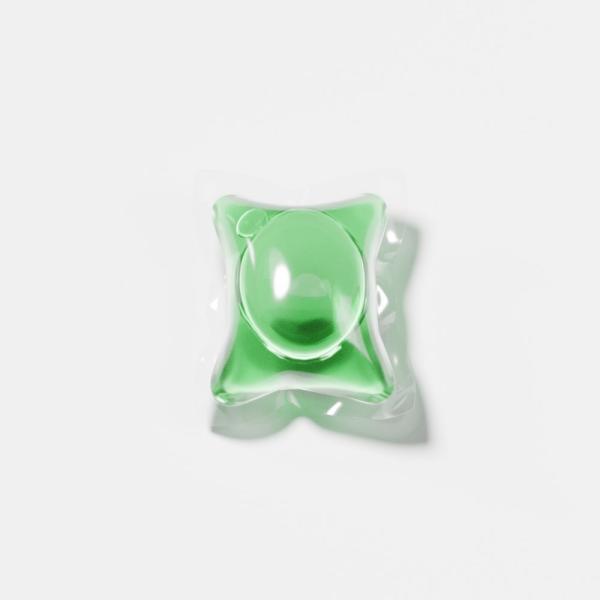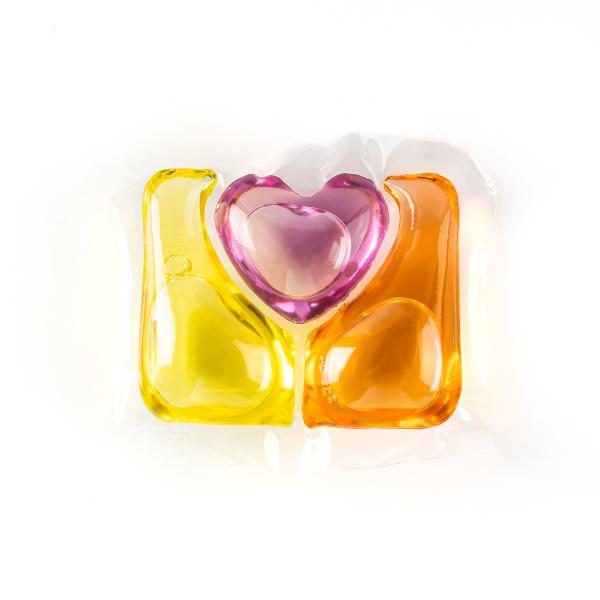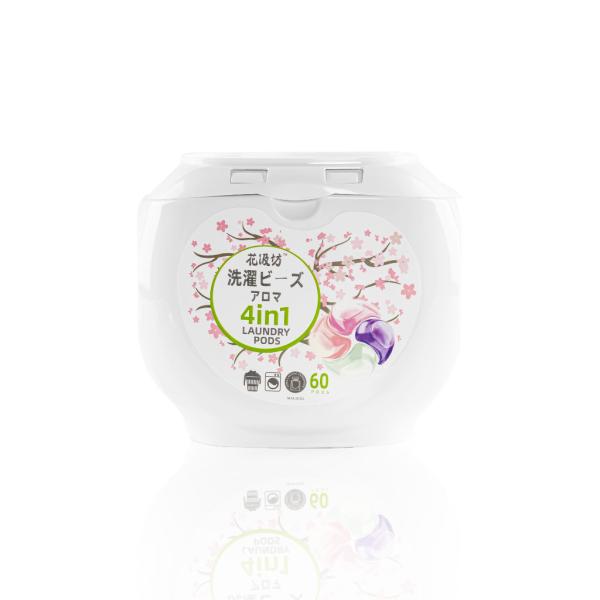Liquid Fabric Detergents: Formulation, Components, and Trends

Liquid fabric detergents are the most widely used liquid cleaning agents, designed for washing and maintaining cotton, cotton/synthetic blends, and synthetic fabrics. They effectively remove human-derived soils (e.g., sebum), particulate soils (e.g., dust), and greasy stains (e.g., animal/plant oils).
---
Core Requirements for General-Purpose Detergents
1. Strong detergency: Efficient removal of diverse stains.
2. Hard water adaptability: Stable performance in high-mineral water.
3. Controlled foaming: Low foam for machine washing to ease rinsing; moderate foam for handwashing.
4. pH optimization:
- Heavy-duty detergents: Mild alkalinity (compliant with standards) to enhance cleaning.
- Delicate fabric detergents: Neutral pH to protect silk, wool, and other natural fibers.
---
Key Components of Liquid Detergents
1. Surfactants
- Primary anionic surfactants (1–2 types):
- Sodium alcohol ether sulfate (AES)
- Linear alkylbenzene sulfonate (LAS)
- Sodium alkyl sulfonate (SAS)
- Alpha-olefin sulfonate (AOS)
- Nonionic surfactants (auxiliary/enhancers):
- Fatty alcohol polyoxyethylene ethers (AEO7, AEO9) for penetration.
- Alkyl (6501) or amine oxides for thickening/stabilizing.
- Industry standards: Total surfactant content ≥15% (standard) or ≥25% (concentrated formulations).
2. Builders
- Enzymes: Protease, lipase, cellulase (enhance stain removal).
- Anti-redeposition agents: Polyacrylate sodium, polyvinylpyrrolidone (PVP).
3. pH Regulators
- Alkaline: NaOH, KOH, triethanolamine, sodium silicate.
- Acidic: Citric acid, sodium citrate, sodium succinate.
4. Chelating Agents
- Sodium citrate, polyacrylate, or polyacrylic acid/maleic anhydride copolymer salts (soften water, prevent mineral buildup).
5. Functional Additives
- Anti-redeposition agents: Polyacrylate sodium.
- Color-protection agents: Anti-dye-transfer polymers.
- Antimicrobials: Plant extracts (e.g., tea tree oil).
- Softening agents: Quaternary ammonium compounds (optional).
6. Viscosity Modifiers
- Thickeners: NaCl (primary), sulfates (e.g., Na₂SO₄).
- Solvents/co-solvents: Ethanol, propylene glycol, urea (enhance solubility).
7. Foam Control
- Silicone-based: High efficiency but may reduce transparency.
- Polyether-based: Suitable for clear formulations (activated above cloud point).
- Mineral oil: Cost-effective.
8. Preservatives
- Isothiazolinones (e.g., Kathon CG), bronopol.
9. Aesthetics
- Fragrances, dyes (ensure visual appeal and long-lasting scent).

---
Industry Trends
1. Concentrated formulations: Higher surfactant/enzyme content (≥25%) for reduced packaging and transportation costs.
2. Low-temperature/water-saving: Energy-efficient performance in cold water.
3. Eco-friendly & biodegradable: Shift toward plant-derived surfactants (e.g., APG) and phosphate-free builders.
4. Multifunctionality:
- Antibacterial/antiviral properties.
- Color protection, anti-pilling, fabric softening.
- Extended fragrance retention (microencapsulated scents).
5. Transparency/stability: Improved compatibility of additives (e.g., enzymes, silicones) in clear formulations.
---
Note: Formulations must balance performance, safety, and regulatory compliance (e.g., pH limits, biodegradability). Innovations focus on sustainability, user customization, and enhanced fabric care.





